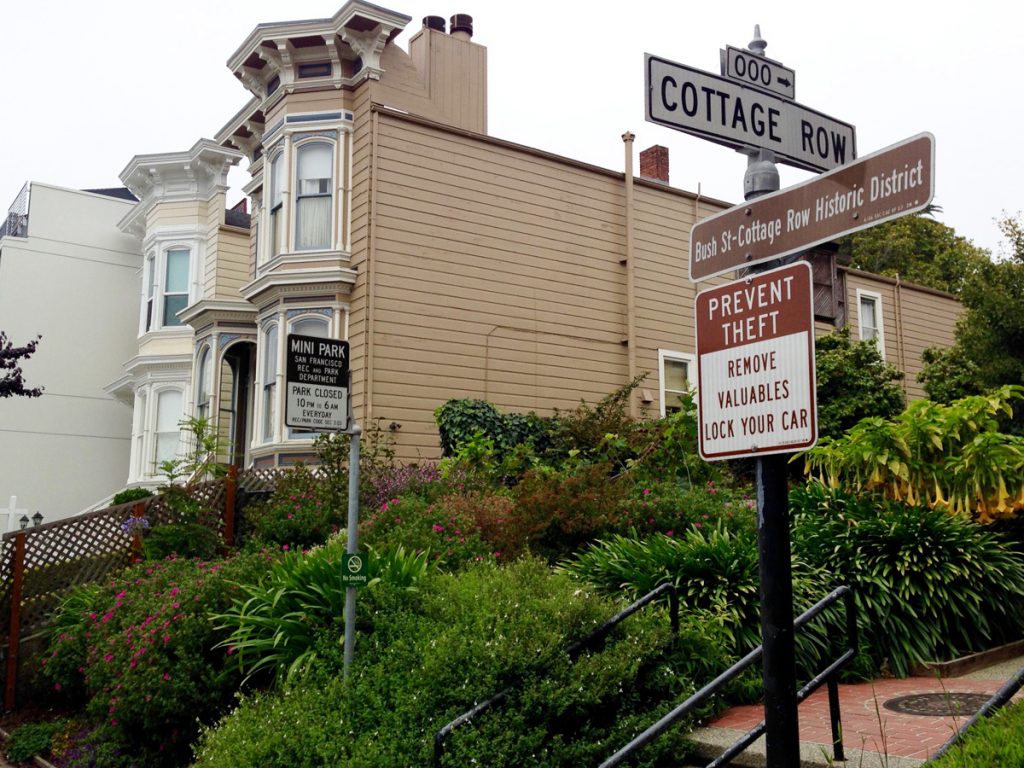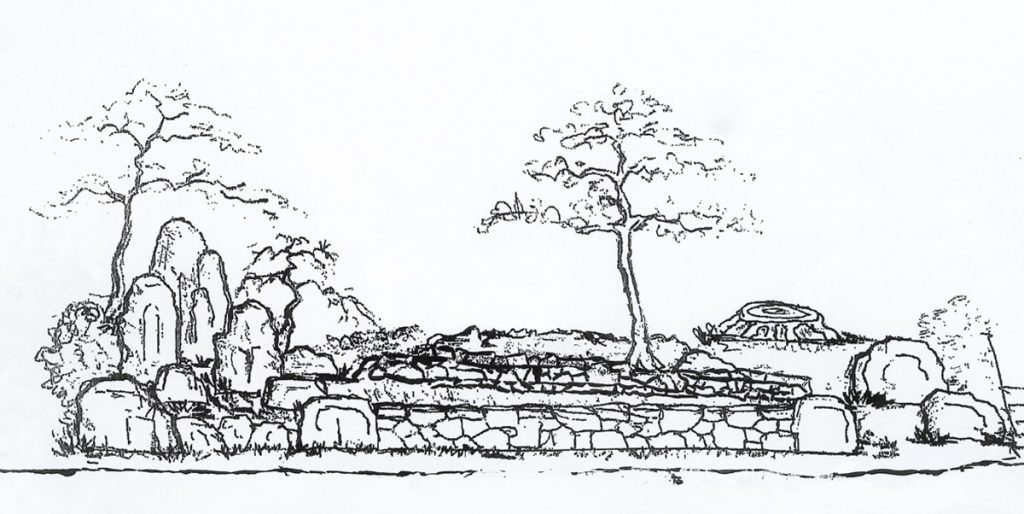By THOMAS R. REYNOLDS
In celebration of its 110th anniversary this year, Japantown leaders proposed a gift to the neighborhood: a simple Zen rock garden at the foot of Cottage Row to honor the first generation of Japanese-Americans, the Issei, who established the community here after the 1906 earthquake and fire.
To create the garden, they enlisted the renowned landscape designers Shigeru Namba, who oversees Oracle boss Larry Ellison’s extensive Japanese garden, and Isao Ogura. Together the two have already created memorial gardens at San Francisco State and at Tanforan mall, the first stop for residents of Japantown evacuated and interned during World War II.
The gardeners would donate their services and all costs would be paid by private donations. Organizers hoped to complete the garden before the end of the anniversary year.
Then they ran into Bush Street resident Marvin Lambert.
At a public meeting to unveil the project on July 7, Lambert expressed reservations about the garden and complained that he and his neighbors who lived on and near Cottage Row had not been adequately consulted or notified about the meeting.
By a second hearing on August 11, Lambert arrived with a group of neighbors ready to declare his opposition to a Japanese garden on the Sutter Street side of the Cottage Row Mini Park, which he has denounced as “an out-and-out cultural land grab.” In turn, Paul Osaki — who is spearheading the garden project from his post as executive director of the Japanese Cultural and Community Center in Japantown — rallied a full house in favor of the memorial.
The atmosphere was tense.
“Cottage Row is the only place in Japantown they would recognize,” Osaki said of the first-generation founders. He introduced the project by recounting the history of the neighborhood, disrupted first when Japanese-Americans were locked up in internment camps during World War II, then again after they returned and the Redevelopment Agency leveled almost all of Japantown.
“It wasn’t always a cheerful, happy place,” Osaki said. “One of the only things that was spared was the Cottage Row Historic District.”
When the first Japanese-American in the audience spoke in favor of the project, Lambert demanded that all speakers state whether they lived in the neighborhood. A rumble ensued.
“Knock it off,” one elderly Japanese-American lady finally instructed.
It soon became clear that old wounds were being ripped open again. A number of Japanese-American speakers noted the exile and displacement their families had experienced and embraced the garden project as a way to honor their ancestors.
“But why this spot?” Lambert asked. “Cottage Row was never exclusively Japanese. It has nothing to do with Japantown.”
Cottage Row, the brick lane that runs mid-block between Fillmore and Webster from Bush to Sutter, opening onto a mini park, was created in 1882 by Col. Charles L. Taylor. As rental property, Taylor built several houses on Bush Street and six row houses behind them in the middle of the block. All are part of the Bush Street-Cottage Row Historic District, which was placed on the National Register of Historic Places in 1982, nominated by noted neighborhood architectural historian Anne Bloomfield.
“In the 1930s the walkway was popularly called Japan Street,” Bloomfield reported, “because the entire district was inhabited by Japanese-Americans until their internment during World War II. In the tiny rear yards of Cottage Row they grew vegetables, which they offered for public sale at an informal weekly open market held every Saturday along the Row.”
But at the meeting and in a flurry of email circulated afterward, Lambert said Bloomfield and the National Register got the facts wrong in what he called “some flowery but erroneous language” that “is either implausible or demonstrably false.” He called the Japanese-American presence on Cottage Row “folklore” and set up a website with links to a variety of source material and his own report of “corrections to errors in the nomination form.”
He wrote: “This document among other things corrects the notion that the Historic District was exclusively occupied with people of Japanese heritage at the time of internment, when the truth is that less than one-third of the residences were so occupied.”
Lambert’s report concedes that four of the six homes on Cottage Row were occupied by Japanese-Americans at the time of internment, plus two units at the top of the row on Bush Street.
It seemed that almost everyone left the August 11 meeting with bruised feelings. Several supporters of the garden said Lambert had been “disrespectful” to Japantown. Lambert claimed he had been subjected to “bullying and other harassment” at the meeting and decried “very uncivil behavior at a meeting that was intentionally packed with people following a scripted agenda.”
Lambert said it was important that any memorial honor not only Japanese-Americans, but also “the rich and diverse history of its surrounding neighborhood,” including Euro- and African-Americans and the gay community, all of whom helped nurture Cottage Row through the years.
Osaki wrote to a supporter: “They want us to put the garden on our side of the block.” He added: “I would have never believed that so much racism and bigotry would exist in our neighborhood today.”
A third community meeting was held on August 17 when the Japantown Task Force considered the Issei garden project.
Paul Osaki again presented the project. Marvin Lambert again opposed it.
“It’s not possible this project can happen this year,” Lambert said. “Let’s just find another location in Japantown.”
But two of his neighbors disagreed, and spoke in favor of the project.
“It’s ideal for this garden,” said Jeff Staben, who owns 1 Cottage Row.
“The park is a perfect location for such a memorial,” said Jan Bolaffi, the former longtime president of the Western Addition Neighborhood Association. “It may not be possible to get it done this year, but it can surely be completed next year.”
Osaki said he would take up the project with the staff of the Department of Recreation and Parks, which has jurisdiction over the Cottage Row Mini Park, before deciding how to proceed. Additional neighborhood meetings will be held this month by committees of the Japantown Task Force.
MORE: “How Japanese Was Cottage Row?“
Filed under: Home & Garden, Neighborhood History, Parks







